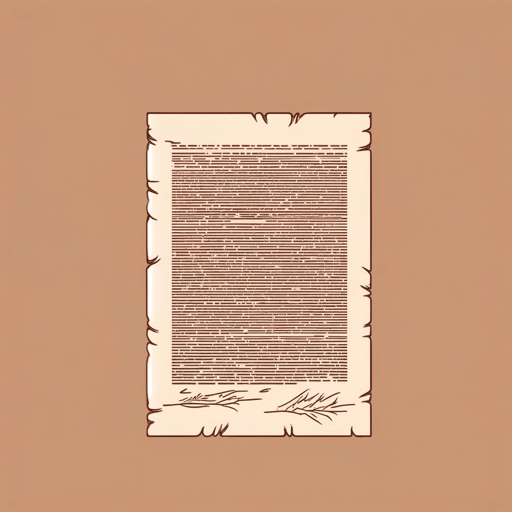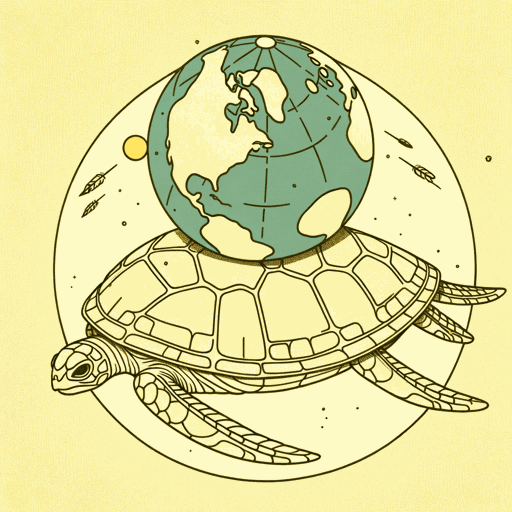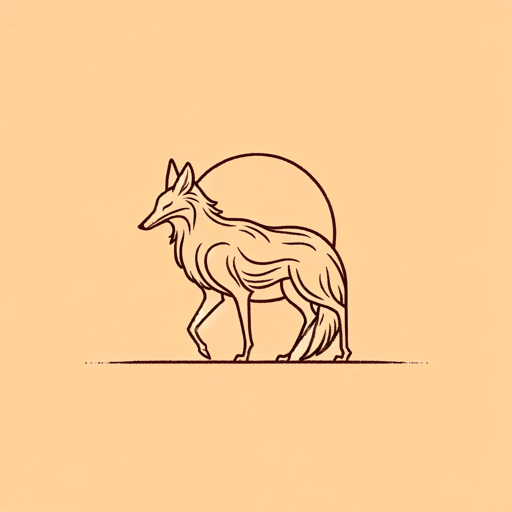59 pages • 1 hour read
Thomas KingGreen Grass, Running Water
Fiction | Novel | Adult | Published in 1993A modern alternative to SparkNotes and CliffsNotes, SuperSummary offers high-quality Study Guides with detailed chapter summaries and analysis of major themes, characters, and more.
Summary and Study Guide
Overview
Thomas King’s novel Green Grass, Running Water (1993) is set in a contemporary First Nations Blackfoot community in Alberta, Canada. The book gained critical acclaim due to its unique structure and King’s combination of oral and written history within a compelling narrative. The novel follows several plotlines, ranging from realist to mythical, and revolves around the broad theme of Indigenous identity in the 20th century. The novel is notable for its use of humor, satire, and nonlinear structure and was a finalist for the 1993 Governor General’s Award in Fiction.
This guide refers to the HarperCollins e-book edition of the novel.
A Note on Language: King, who is of Cherokee descent, prefers the term “Indian” to refer to Indigenous or First Nations people, so this guide preserves this term in direct quotations from the text. When not directly quoting the text, this guide uses the term “Indigenous.” The term “reserve” is used for designated Indigenous lands in Canada, while “reservation” is used for designated Indigenous lands in the US.
Plot Summary
The novel opens with a brief introduction in which an unknown first-person narrator describes the origins of creation. Coyote, the traditional Indigenous trickster god, is asleep and dreaming, but his dream becomes independent and wakes him. The dream calls itself “GOD,” but Coyote reverses the name, calling the dream “Dog” because it is not as smart as it thinks. Dog asks why they are surrounded by water, and the unnamed narrator says it will explain.
Parts 1-4 follow, recounting different, fragmented storylines featuring different characters who sometimes overlap. The following brief summary is organized by plotline and does not reflect their presentation in the novel; the chapter summaries in this guide are similarly organized by plotline for clarity, with notation of the corresponding page numbers for cross-referencing purposes.
In one plotline, four Indigenous elders named Lone Ranger, Ishmael, Robinson Crusoe, and Hawkeye, escape from a psychiatric institution in Florida run by Dr. Joseph Hovaugh—again. Dr. Hovaugh calls the police to investigate. He believes that the previous escape attempts corresponded to natural disasters and that there is some connection between the occurrences. As the elders make their way toward Canada, they each tell different versions of the creation story. God, Coyote, and the narrator listen to the stories and at times interact with them.
Another plotline follows a group of present-day Blackfoot characters living on or around a reserve in Blossom, Alberta. Eli Stands Alone is a retired professor of literature who has spent most of his life avoiding returning to the reserve. However, since the death of his mother, he finds himself living in her modest cabin to prevent it from being destroyed by the construction of a new dam on Indigenous land.
Alberta Frank is also a professor. She wants to have a child, but not a husband, and struggles to do this due to societal expectations around gender roles. Lionel Red Dog is an unmotivated, middle-aged man who works a dead-end job as an electronics salesman. His struggles with his Indigenous identity have left him dissatisfied with life. Charlie Looking Bear is Lionel’s cousin; he works for the law firm that represents the dam. Lionel and Charlie compete for Alberta’s affection, but she is not interested in being serious with either of them.
While driving toward the reserve with his Aunt Norma in the passenger seat, Lionel spots the four elders on the side of the road and pulls over to offer them a ride. The elders inform Lionel that they are on a mission to fix the world. Lionel and Norma drop the elders off at a hotel in Blossom.
Back at the ward, Dr. Hovaugh receives word of the elders’ whereabouts and prepares to make the trip to Canada. He desperately wants to track them down, believing that they are about to cause another natural disaster.
Once in Blossom, the elders connect with Lionel and Eli at different points, attempting to fix what they can—this involves altering a popular Western film so that the Indigenous characters win in the end, providing Lionel with the push he needs to reconnect with his cultural roots, and making Alberta pregnant with the help of Coyote. In his excitement over the elders’ stories, Coyote’s singing and dancing trigger an earthquake. The earthquake is so powerful that it causes the dam to burst, and water floods everywhere. Eli Stands Alone is killed in the flood.
One month later, everyone helps Norma rebuild the cabin after the flooding recedes. Charlie has lost his job and decides to make the trip to Los Angeles to visit his estranged father. Alberta is pregnant and unsure of what the future holds for her, but she considers getting into a more serious relationship with Lionel, who wants to stay in the cabin once it is repaired. Dr. Hovaugh is back at the psychiatric ward, where he learns that the Indigenous elders have returned. They tell Babo, the janitor, that while they escaped, they managed to fix part of the world. The novel closes with the narrator and Coyote continuing to tell stories about the creation of the world.
Related Titles
By Thomas King

Borders
Thomas King

Medicine River
Thomas King

The Back of the Turtle
Thomas King

The Inconvenient Indian: A Curious Account of Native People in North America
Thomas King

The Truth About Stories: A Native Narrative
Thomas King

Truth and Bright Water
Thomas King

